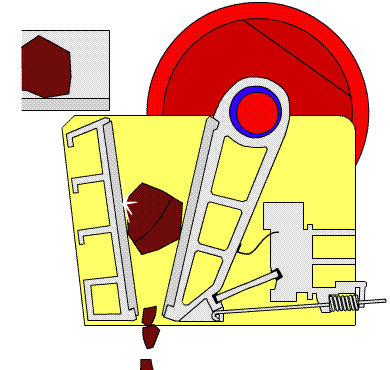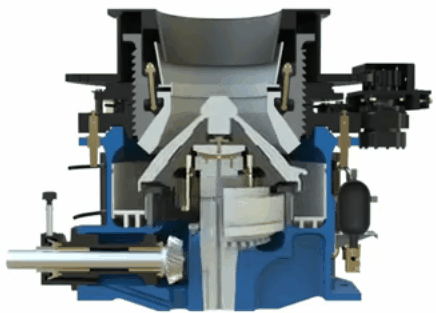 Now is the time we start-talking of operating variables of crushers.
Now is the time we start-talking of operating variables of crushers.
I will talk about the crushers first, then the screens, and finally both together as a circuit.
The variables for the crushers are:
- SIZE OF THE FEED,
- SPEED OF CRUSHING,
- THE HARDNESS OF THE ORE,
- MECHANICAL CONDITION,
- SIZE OF THE FINISHED PRODUCT,
All of the above are simple to understand and all, except for the mechanical condition, are interrelated. The size of the feed, the hardness of the ore, and the size of the finished product are all variables that regulate the number of times that the crusher will have to hit the ore before the ore is small enough to escape. The speed of the crusher and of course gravity will dictate the time the ore takes to go through the crusher.
You see the crusher crushes the ore once then the rapidly moving crushing surface moves away allowing the ore to fall. Within the time it takes the ore to travel through the crusher, the mantle will have struck the ore several times.
As to the mechanical condition the main limiting factor is uneven wear. As effective as the distributor plate is, it isn’t able to feed the ore evenly over the entire crushing surface. The size of the incoming feed will determine where in the crushing chamber it will be deposited. If the majority of the ore is one size only, and this size is delivered for a long period of time, the bowl liner and mantle will wear at the spots where the greatest amount of work is being done. This results in uneven wear and difficulty in setting the size of the crusher.
